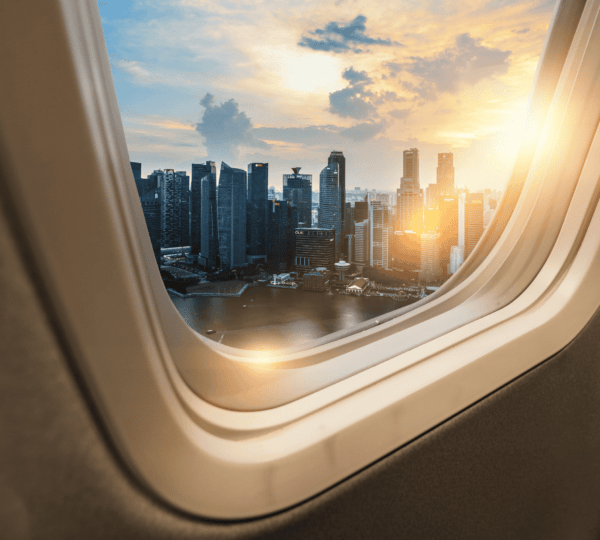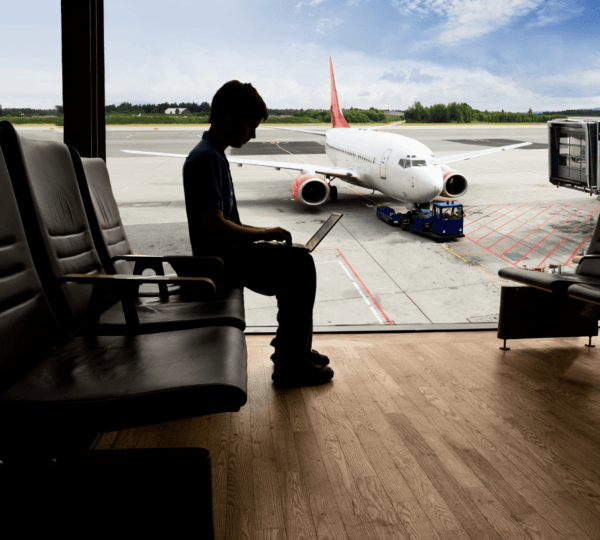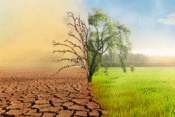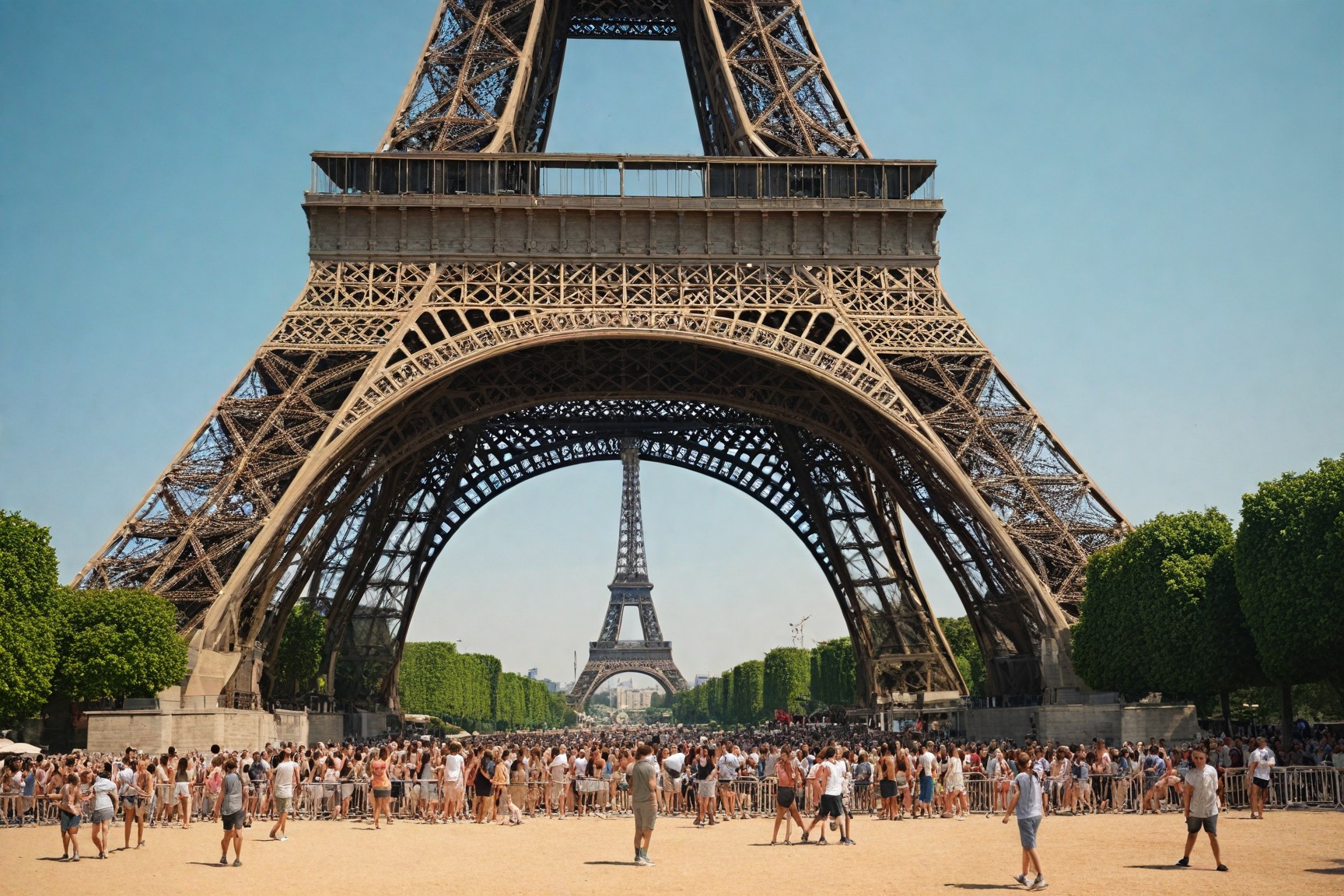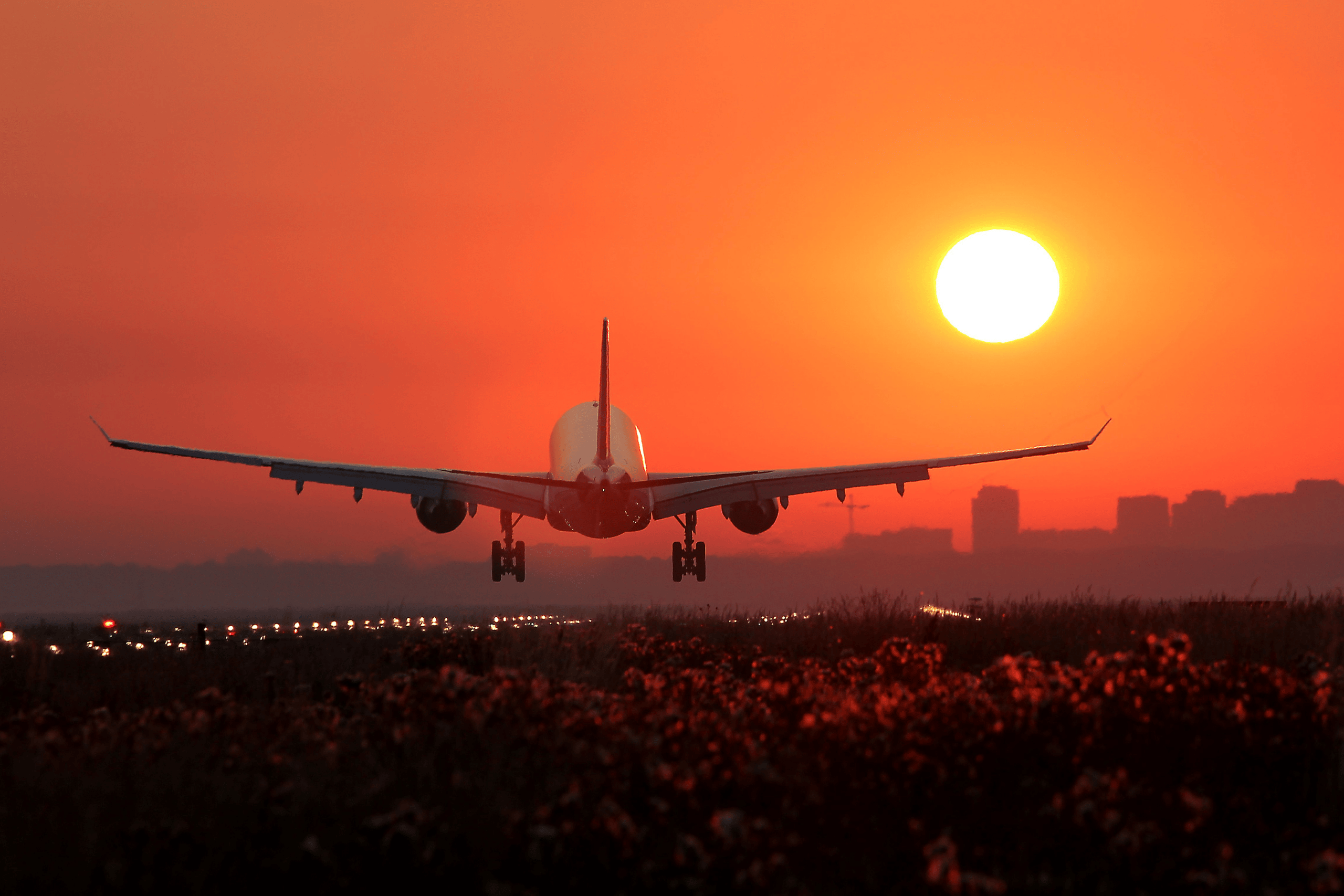
What Is Slow Travel, and How Can It Enhance Your Experience?
Ever had a delayed flight experience that turned out memorable? One time my flight got delayed for 12 hours at a small airport in Italy. Frustrated and exhausted, I decided to explore a nearby town instead of sulking in the waiting area. I wandered into a tiny restaurant, where the owner, an elderly woman named Lucia, served me homemade tiramisu and regaled me with stories about her childhood in the village. That impromptu experience turned out to be one of the most memorable parts of my trip—one I would have missed had I been rushing to my next destination. Looking back, that moment embodied what slow travel is all about: immersing yourself in a place, embracing spontaneity, and prioritizing connection over speed.
What Is Slow Travel?
Slow travel is a mindset that emphasizes quality over quantity when it comes to exploring new destinations. Instead of packing a schedule with multiple attractions and rushing from one city to another, slow travel encourages travelers to take their time, stay in one place longer, and engage more deeply with the local culture, people, and environment.
According to National Geographic Traveler, slow travel is not just about reducing stress; it’s about creating meaningful connections with places and people. The movement is rooted in the broader concept of the “slow” movement, which began with slow food in Italy, advocating for mindful eating over fast food culture.
Why Is Slow Travel Gaining Popularity?
Travel experts, including Rick Steves and travel bloggers like Nomadic Matt, emphasize that slow travel allows for a more fulfilling and authentic experience. A study published in the Journal of Sustainable Tourism highlights that travelers who engage in slow travel report higher levels of satisfaction, cultural appreciation, and personal growth compared to those who take rushed trips.
The COVID-19 pandemic further accelerated the shift towards slow travel, as people began valuing extended stays, remote work opportunities, and a desire for deeper cultural exchanges. With the rise of digital nomadism, more travelers are opting to live in destinations for weeks or even months, fully embracing the slow travel lifestyle.
How Slow Travel Enhances Your Experience
1. Deeper Cultural Immersion
When you slow down, you get the chance to experience a place like a local rather than just a tourist. Staying in locally owned accommodations, shopping at neighborhood markets, and attending community events provide authentic insights into a destination.
Example: Instead of hopping from one museum to another in Paris, slow travelers might take a painting class in Montmartre or learn to bake croissants with a French chef.
2. Less Travel Fatigue, More Enjoyment
Fast-paced travel can be exhausting. Constantly catching flights, switching hotels, and adjusting to new time zones take a toll on both the body and mind. Slow travel allows for rest, recovery, and a more enjoyable experience overall.
3. Better Budget Management
Contrary to popular belief, slow travel can be more cost-effective. Booking long-term accommodations through platforms like Airbnb or house-sitting programs can significantly cut lodging costs. Cooking meals instead of dining out every day also helps save money.
Example: A traveler spending two weeks in Chiang Mai, Thailand, renting an apartment and eating at local markets will likely spend less than someone hopping between Bangkok, Phuket, and Koh Samui within the same timeframe.
4. Lower Environmental Impact
Frequent flights and long-distance travel contribute significantly to carbon emissions. Slow travel promotes sustainable tourism by reducing the need for multiple flights, encouraging public transportation, and supporting local businesses.
A report from the Sustainable Travel International organization highlights that reducing air travel by choosing trains or buses can significantly cut down a traveler’s carbon footprint. Additionally, many cities are now encouraging slower tourism models to help reduce overcrowding and preserve cultural heritage sites.
5. Greater Flexibility and Spontaneity
One of the biggest perks of slow travel is the ability to be spontaneous. When your schedule isn’t crammed, you can accept last-minute invitations, take unexpected detours, and truly savor each moment. This flexibility often leads to unique and serendipitous experiences.
6. Personal Growth and Mindfulness
Slow travel allows individuals to develop patience, mindfulness, and an appreciation for the little things. When you’re not rushing, you have time to reflect, be present, and absorb the details of your surroundings.
Tips for Embracing Slow Travel
- Choose One or Two Destinations: Instead of trying to see an entire country in a week, pick one or two places and explore them thoroughly.
- Stay in Local Accommodations: Opt for homestays, guesthouses, or long-term rentals instead of chain hotels.
- Use Public Transport or Walk: This not only reduces your carbon footprint but also helps you discover hidden gems.
- Engage With Locals: Strike up conversations, join community events, and try activities that locals enjoy.
- Unplug From Social Media: Being present in the moment enhances your overall travel experience.
Fun Facts About Slow Travel
- The “slow movement” originated in the 1980s when Italians protested against a McDonald’s opening in Rome, leading to the birth of the Slow Food movement.
- Some of the world’s best travel destinations for slow travel include Tuscany (Italy), Kyoto (Japan), and Ubud (Bali).
- Studies show that travelers who spend more time in one place report higher levels of happiness and relaxation compared to those on short trips.
- Slow travel is not just for solo travelers; families and couples are increasingly adopting this style of travel to foster deeper connections.
Conclusion
Slow travel isn’t about moving at a snail’s pace; it’s about being intentional with your journey. By embracing this approach, you can create richer experiences, form deeper connections, and truly appreciate the essence of a destination. Whether it’s savoring a home-cooked meal with a local family or stumbling upon a hidden street performance, slow travel opens the door to unforgettable moments that rushed itineraries often miss.
References:
- National Geographic Traveler – “The Rise of Slow Travel: A New Way to Explore the World”
- Journal of Sustainable Tourism – “The Impact of Slow Travel on Personal and Cultural Awareness”
- Sustainable Travel International – “How Slow Travel Can Help Save the Planet”
- Rick Steves – “Why Slow Travel Matters” (ricksteves.com)
- Nomadic Matt – “How to Travel Slower and Enjoy It More” (nomadicmatt.com)

